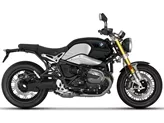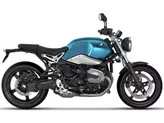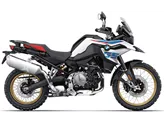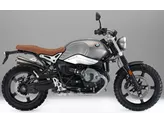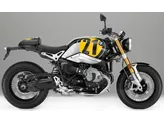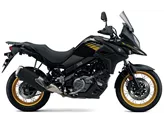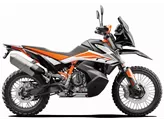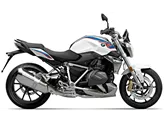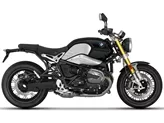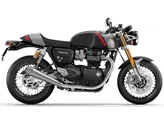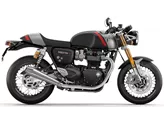BMW F 800 GS 2008 vs. BMW R nineT 2016
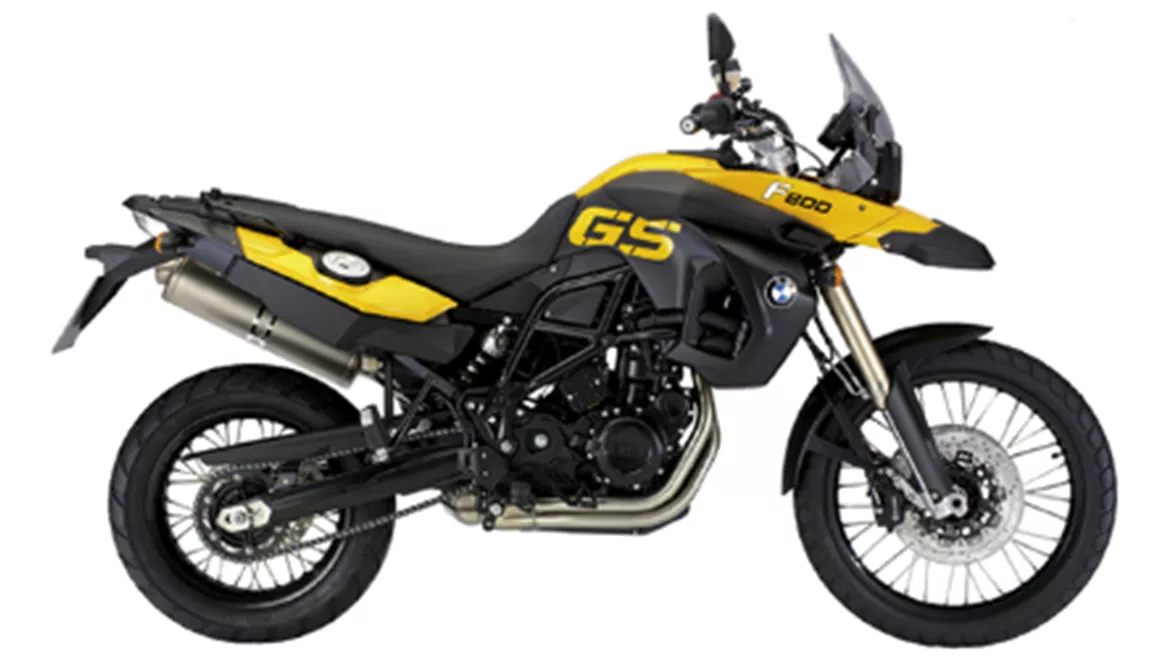
BMW F 800 GS 2008

BMW R nineT 2016
Vue d’ensemble - BMW F 800 GS 2008 vs BMW R nineT 2016
The BMW F 800 GS model year 2008 and the BMW R nineT model year 2016 are two distinct motorcycles with their own unique features and characteristics.
In terms of engine power, the BMW F 800 GS 2008 has a power output of 85 HP, while the BMW R nineT 2016 boasts a more powerful engine with 110 HP. This difference in power can be significant for riders who prioritize speed and acceleration.
The transmission systems of these motorcycles also differ. The BMW F 800 GS 2008 utilizes a chain drive, which is a common choice for off-road and adventure bikes due to its durability and ease of maintenance. On the other hand, the BMW R nineT 2016 features a prop shaft drive, which is known for its smooth and reliable power transfer.
Both motorcycles have a 2-cylinder engine configuration, providing a balance between power and efficiency. However, they differ in their cooling systems, with the BMW F 800 GS 2008 utilizing a liquid cooling system and the BMW R nineT 2016 employing an oil-air cooling system. Liquid cooling is generally more efficient in dissipating heat, while oil-air cooling can be advantageous in terms of simplicity and reduced weight.
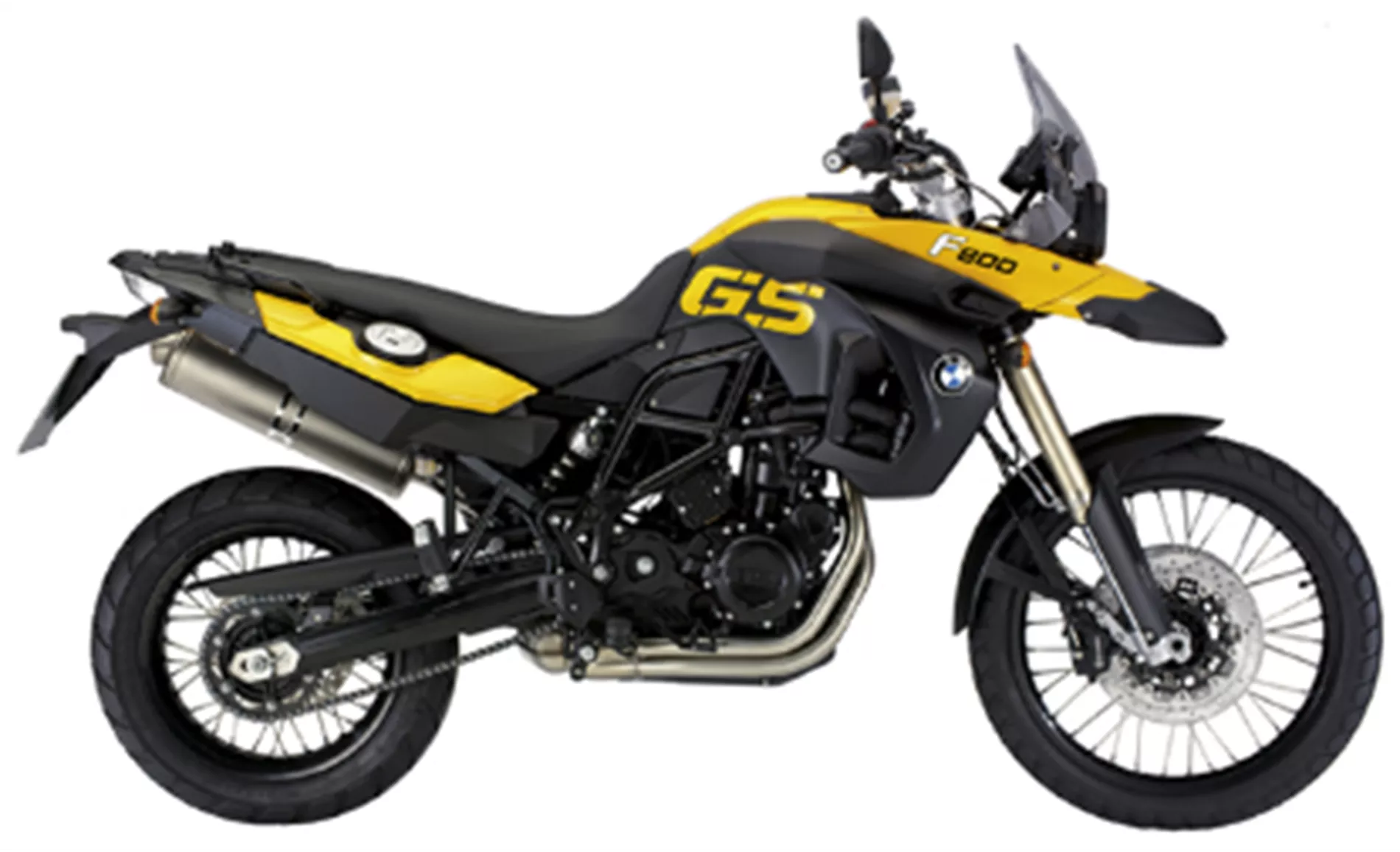
BMW F 800 GS 2008
In terms of displacement, the BMW F 800 GS 2008 has a capacity of 798ccm, while the BMW R nineT 2016 has a larger displacement of 1170ccm. This difference in engine size can affect the overall performance and torque delivery of the motorcycles.
When it comes to dimensions and weights, the BMW F 800 GS 2008 has a longer wheelbase of 1578mm compared to the BMW R nineT 2016 with a wheelbase of 1476mm. The seat height of the BMW F 800 GS 2008 is also higher at 850mm, while the BMW R nineT 2016 offers a lower seat height of 785mm. These differences in dimensions can impact the handling and maneuverability of the motorcycles, with the BMW F 800 GS 2008 potentially offering more stability and the BMW R nineT 2016 providing a lower center of gravity for easier control.
In terms of fuel tank capacity, the BMW R nineT 2016 has a slightly larger tank with a capacity of 17 liters compared to the 16 liters of the BMW F 800 GS 2008. This can result in a slightly longer range for the BMW R nineT 2016, allowing for fewer fuel stops during long rides.
Moving on to the strengths of each motorcycle, the BMW F 800 GS 2008 is praised for its low price, positive ride comfort, beginner-friendly nature, low weight, and relatively luxurious features. These strengths make it an attractive option for riders who prioritize affordability, comfort, and ease of use.

BMW R nineT 2016
On the other hand, the BMW R nineT 2016 is known for its solid technology, strong brakes, unique look, rich sound, and fat torque. These strengths appeal to riders who value performance, style, and a thrilling riding experience.
However, both motorcycles have their weaknesses. The BMW F 800 GS 2008 is criticized for the annoying background noise in the high rev range and the lack of optional extras available for the larger GS models. These drawbacks can be a nuisance for riders who prefer a quieter and more customizable riding experience.
Similarly, the BMW R nineT 2016 has its weaknesses, including the challenging tuning for bad roads, the potentially loud exhaust in the long run, and the perception that it may not be 100% authentic. These weaknesses can be a concern for riders who prioritize comfort, noise levels, and a true vintage feel.
In conclusion, the BMW F 800 GS 2008 and the BMW R nineT 2016 are two motorcycles with distinct features and characteristics. The BMW F 800 GS 2008 offers a lower price point, comfort, and beginner-friendly features, while the BMW R nineT 2016 boasts solid technology, strong brakes, a unique look, and a thrilling riding experience. Both motorcycles have their strengths and weaknesses, and the choice between them ultimately depends on the rider's preferences and priorities.
Caractéristiques techniques BMW F 800 GS 2008 par rapport à BMW R nineT 2016
Avantages et inconvénients en comparaison
Avantages et inconvénients en comparaison
BMW F 800 GS 2008
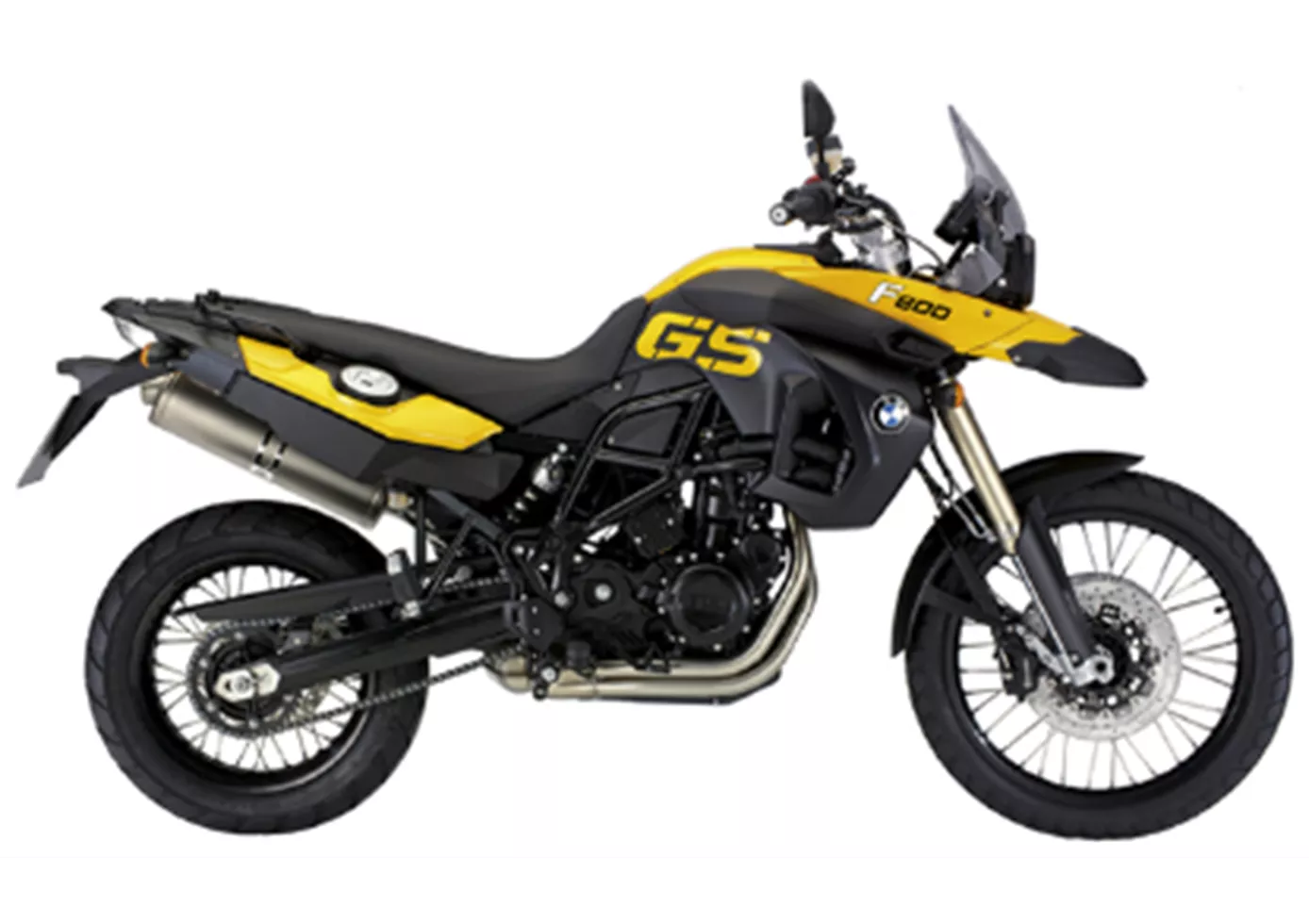
Pour nous, la 800 GS n'est pas une petite GS, mais une GS pour les fans NON-BMW. En principe, elle réunit donc les vertus de la 1200 sans ses défauts, comme diraient les néophytes.
BMW R nineT 2016

Avec la RnineT, BMW a créé un monument à sa gloire et à celle du Boxer, qui est entré dans de nombreux garages du monde entier. La R nineT est un succès de vente grâce à son concept global réussi et a servi de base à de nombreux customiseurs pour de multiples transformations. Comparée à une Thruxton, la BMW ne semble toutefois pas authentique dans tous les détails et sur les mauvais revêtements routiers des Alpes, il peut arriver que l'on trouve la configuration du châssis trop dure ou que le pot d'échappement soit trop bruyant à la longue.
Comparaison des prix Prix moyen du marché BMW F 800 GS vs BMW R nineT
There are a few key differences between a BMW F 800 GS 2008 and a BMW R nineT 2016. In terms of price, the actual average price of a BMW R nineT 2016 is about 105% higher. A BMW F 800 GS 2008 experiences a loss of 480 USD in one year and 1,630 USD in two years of ownership. This is offset by a loss of 1,220 USD and 950 USD for a BMW R nineT 2016. Compared to BMW R nineT 2016 there are less BMW F 800 GS 2008 bikes available on the 1000PS.de Marketplace, specifically 5 compared to 18. It takes less time to sell a BMW F 800 GS with 47 days compared to 105 days for a BMW R nineT. Since model year 2008 1000PS.de editors have written 22 reviews for the BMW F 800 GS and 57 reviews for the BMW R nineT since model year 2014. The first review for the BMW F 800 GS was published on 11/7/2007 and now has more than 32,600 views. This compares to more than 17,000 views for the first review on BMW R nineT published on 10/17/2013.










